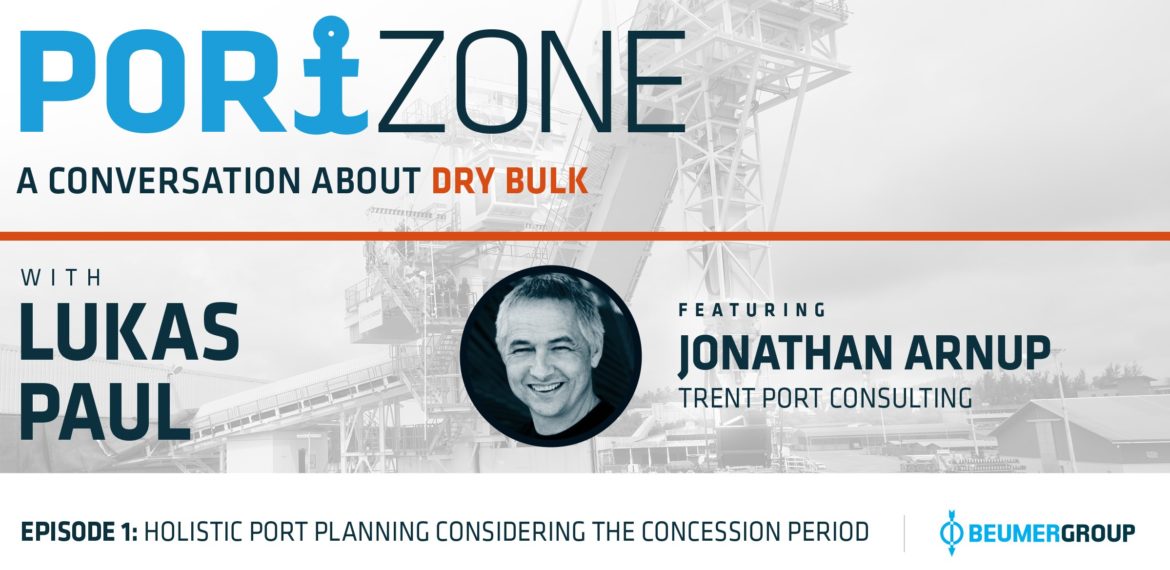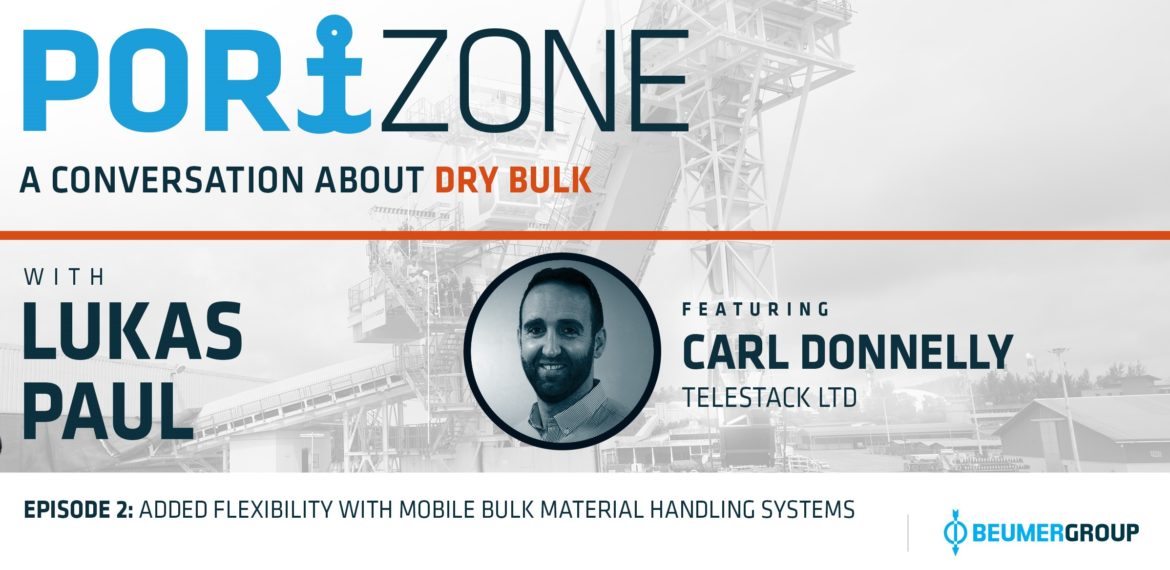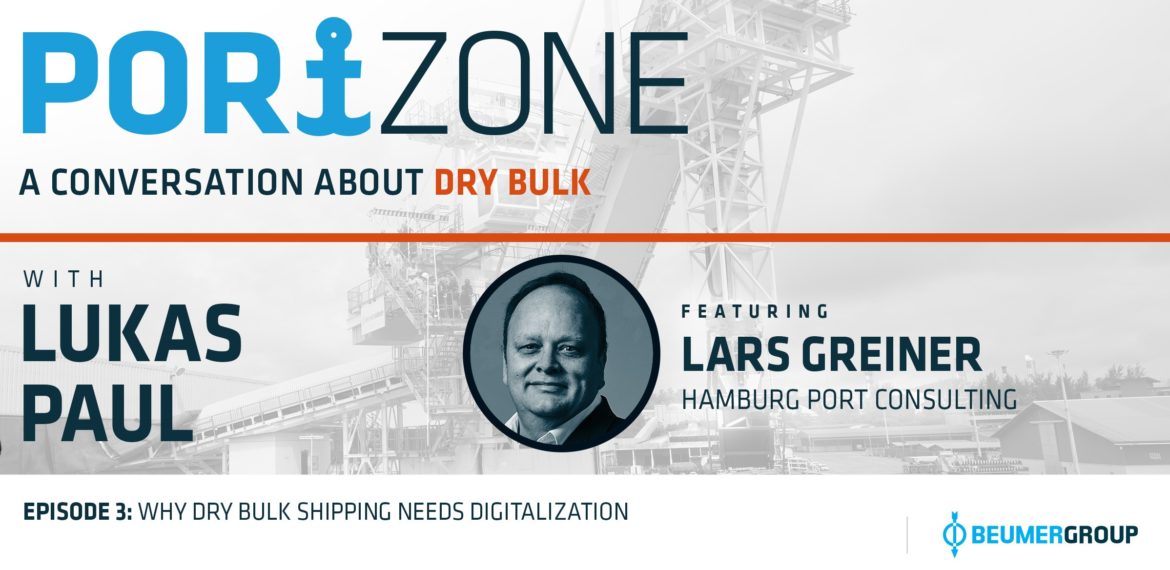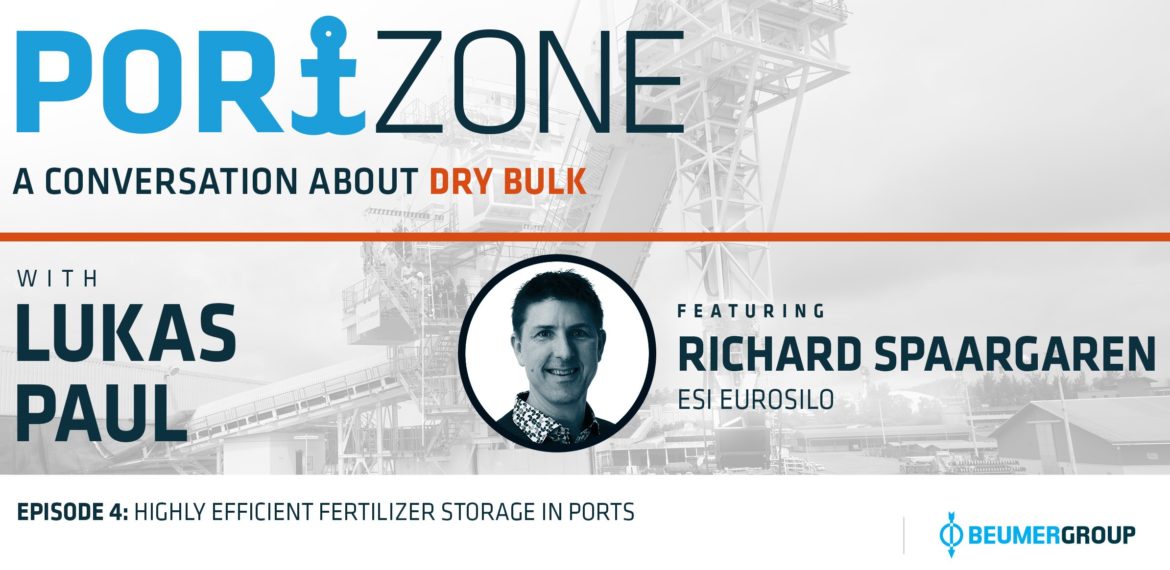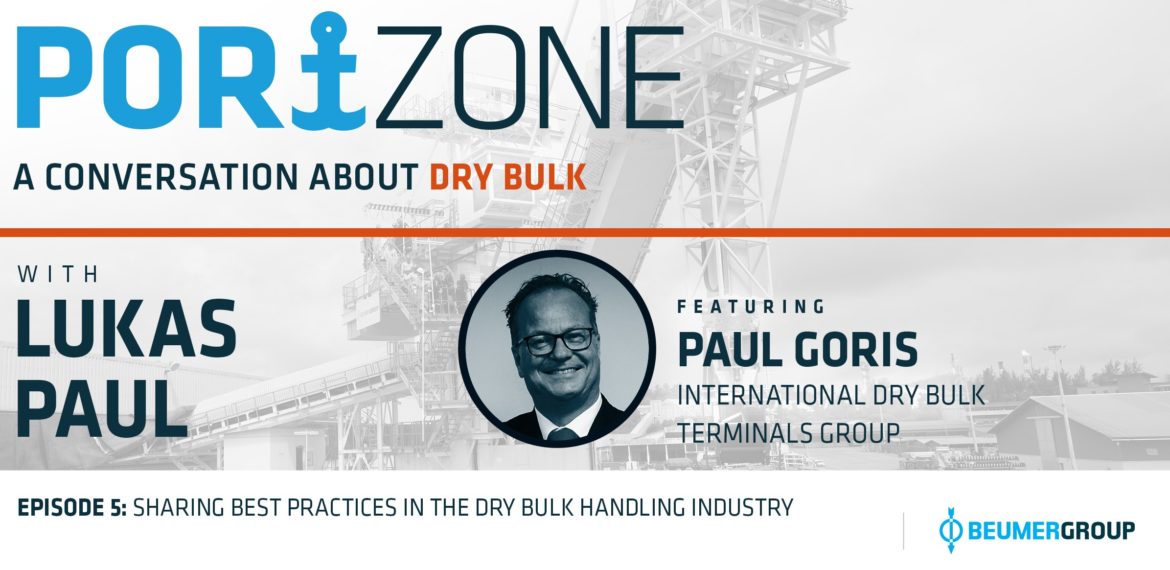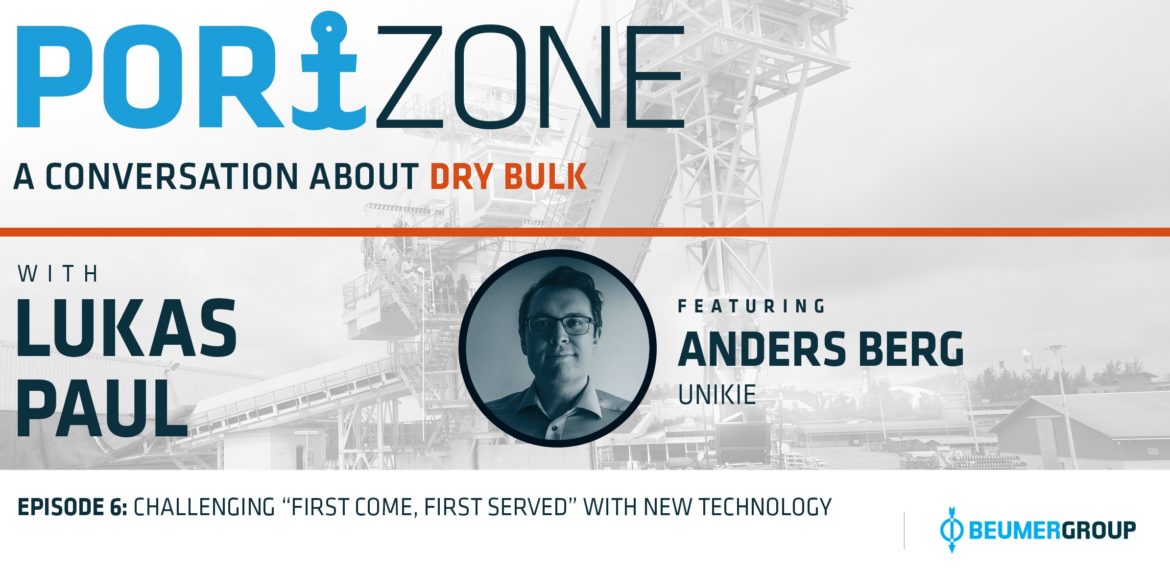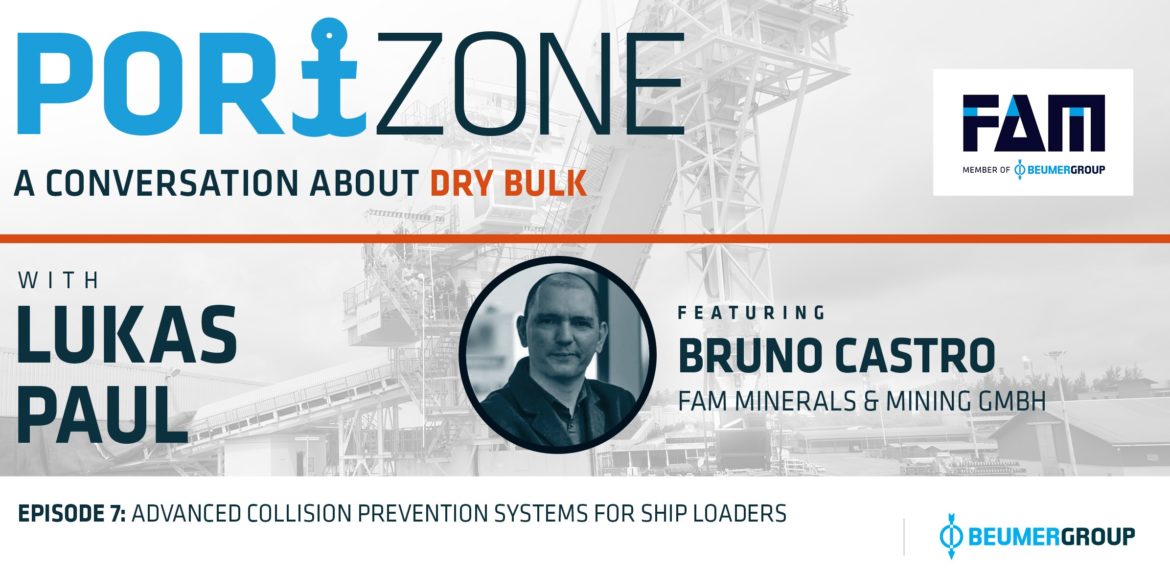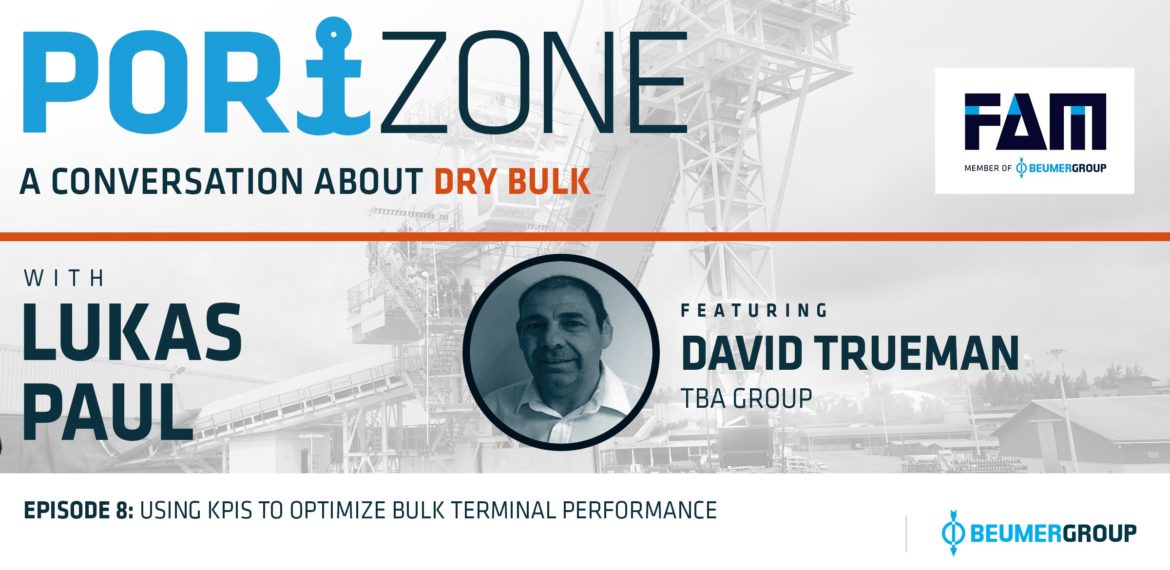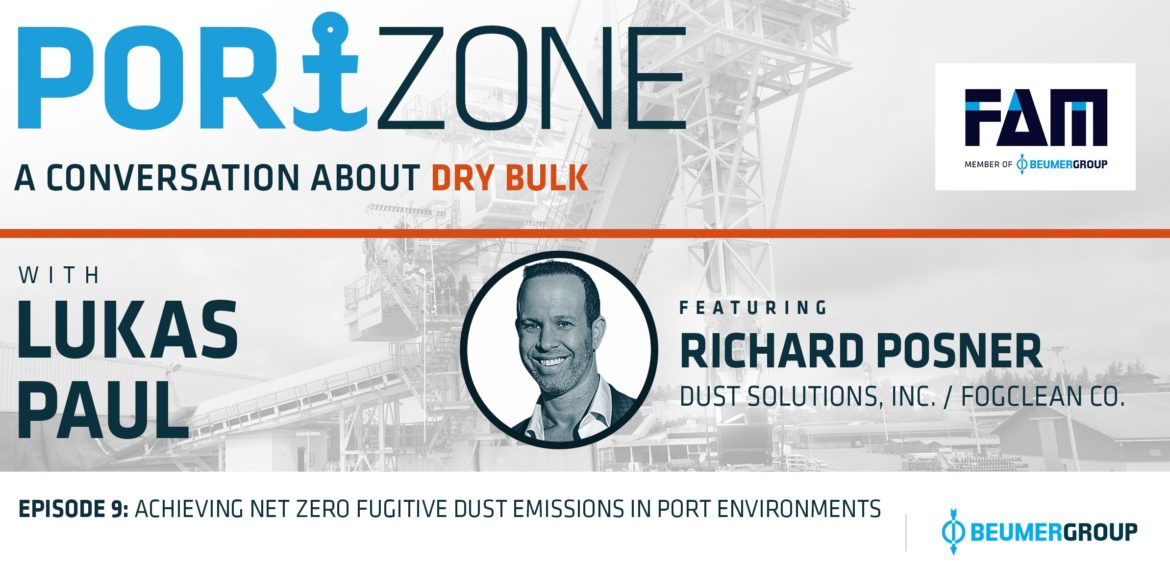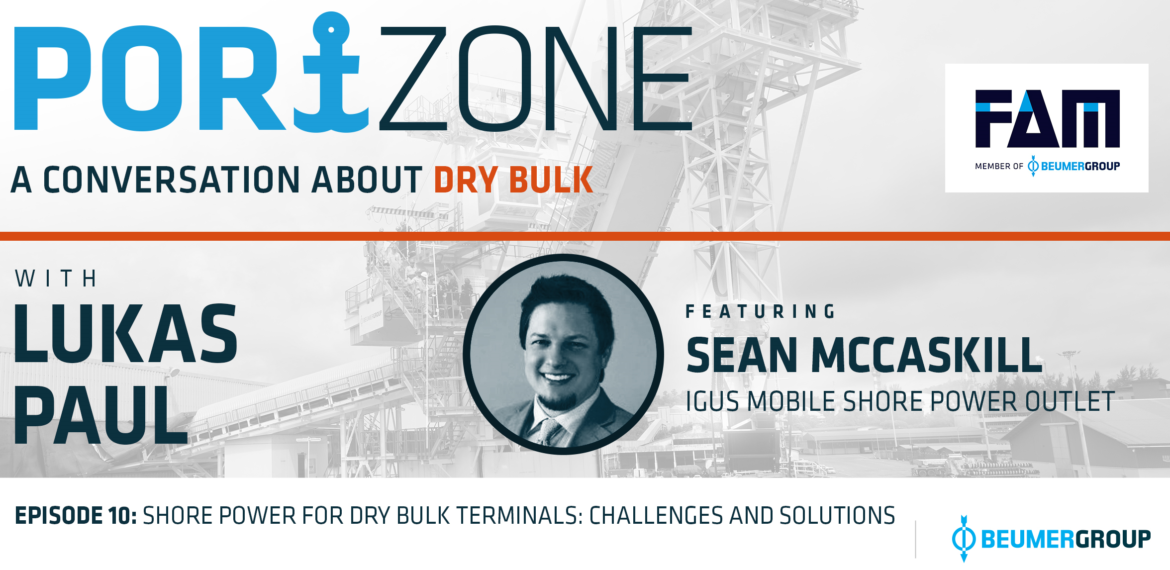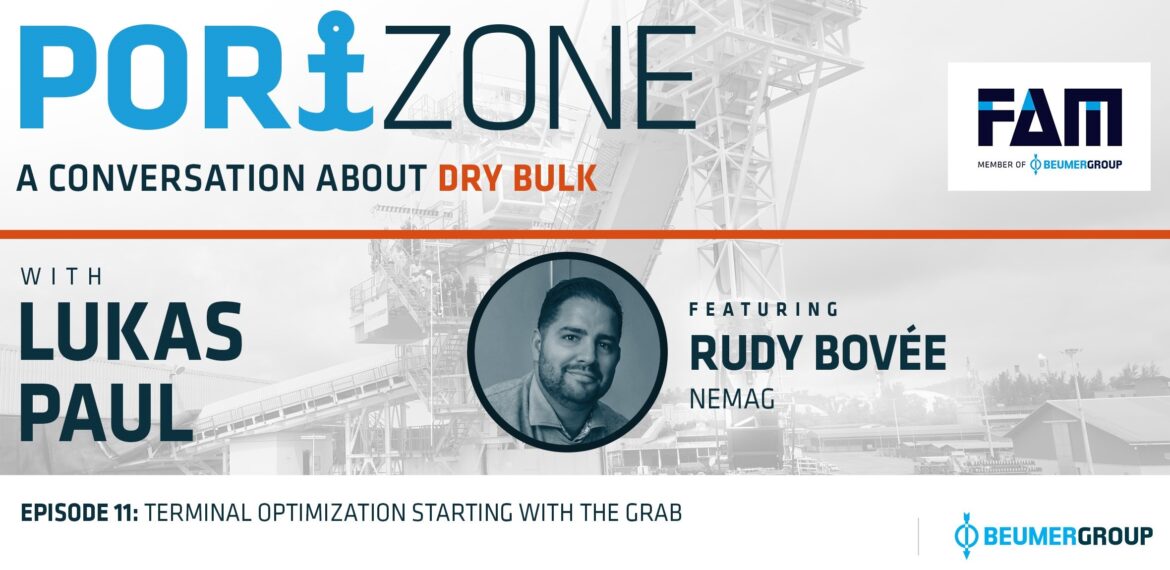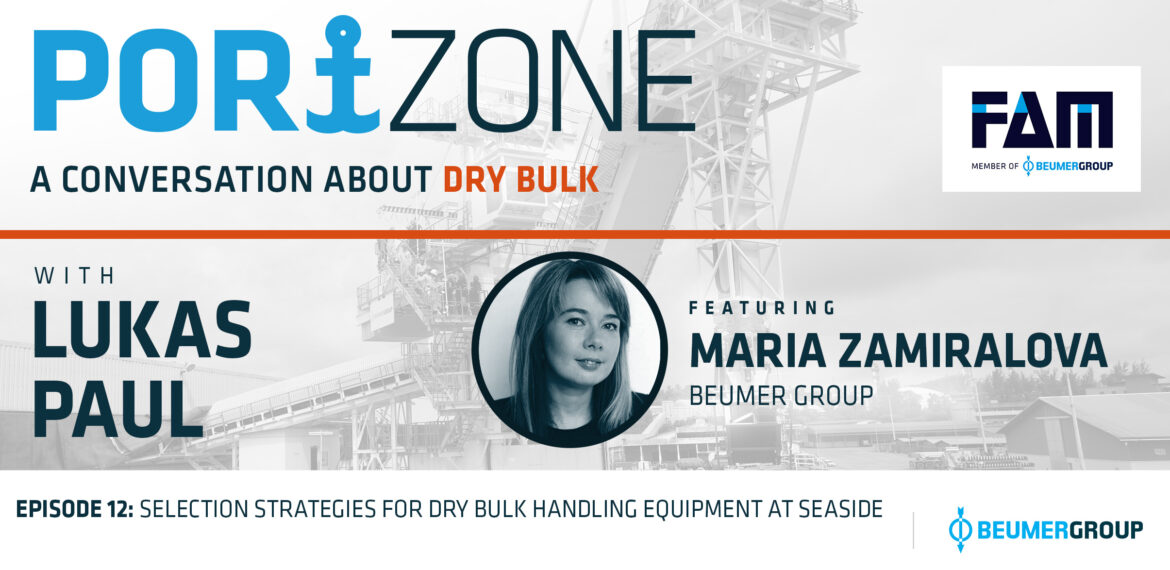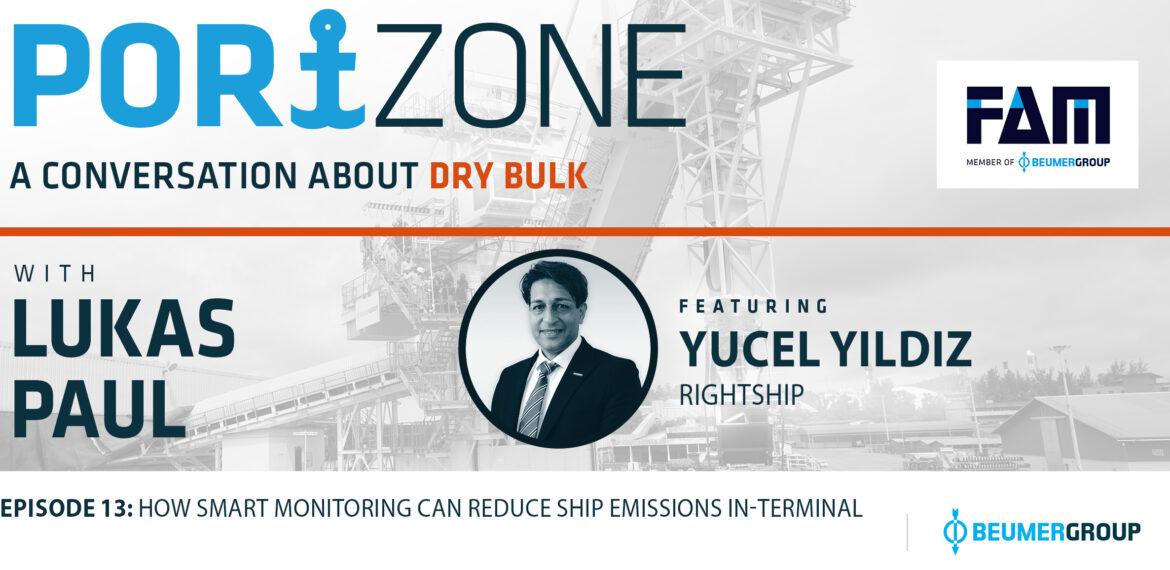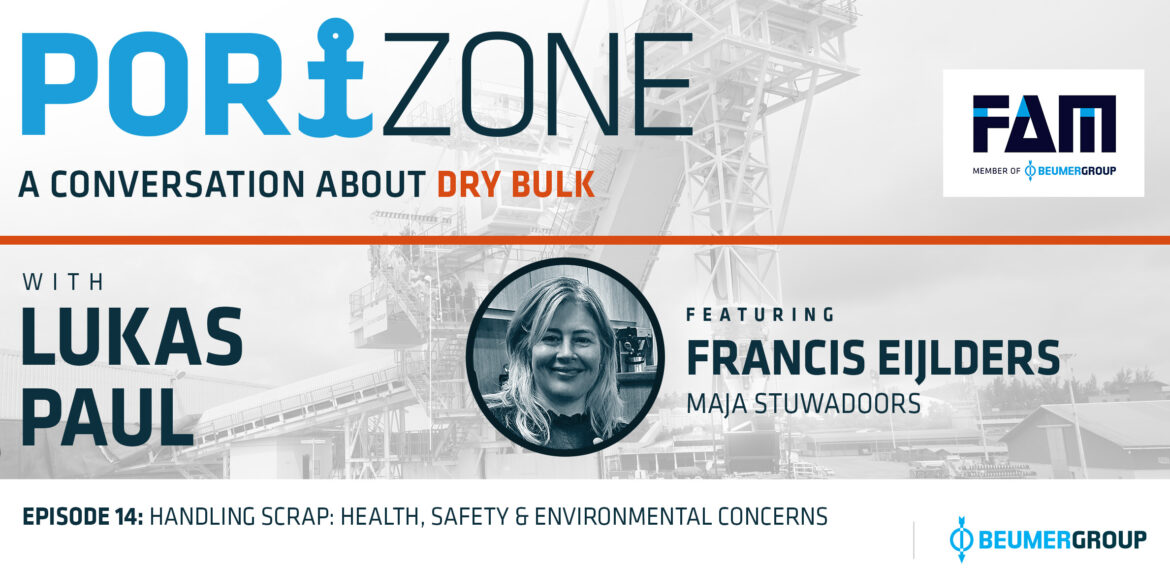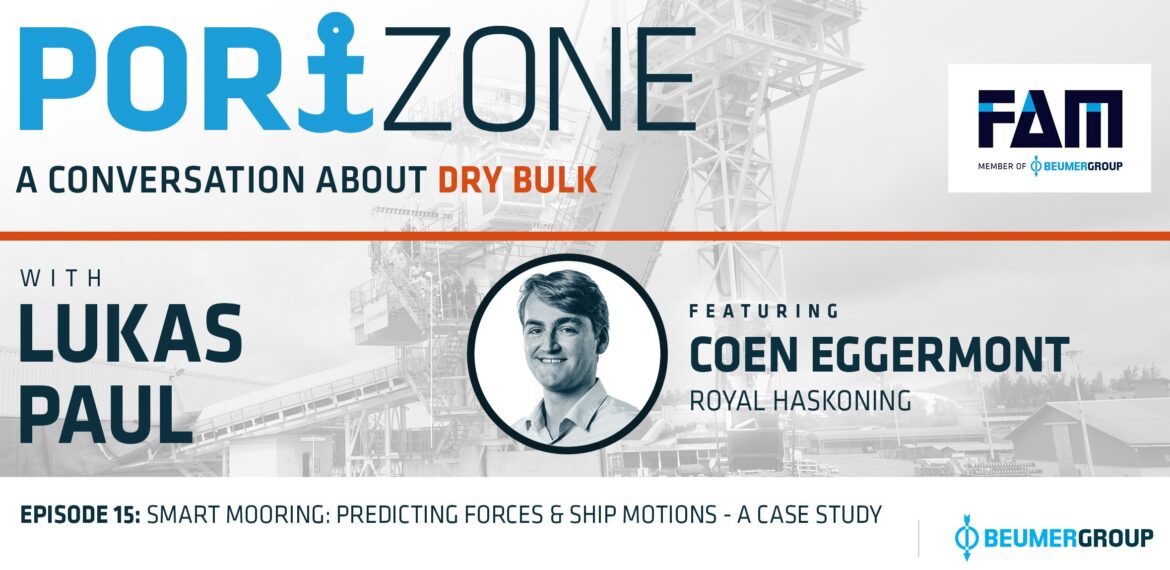
We welcome you to our new live webinar series: PortZone. This is an all new initiative which features open discussions about the Dry Bulk Ports and Terminals industry. These conversations include various ports & terminals experts discussing the current state of the industry, new innovative thought processes, technologies, leading trends and more.
Portzone is an open discussion and space to facilitate thought provoking topics, technology and an exchange of knowledge between industry professionals and experts featuring a new guest speaker with every episode. It is an open forum where you can join, turn on your mic and camera and learn from some of the brightest minds in the ports and terminals industry.
Want to learn more? Do you have any questions regarding a particular topic or would you like to suggest a subject for the next episode? Please fill out the form below. We are open to suggestions and are looking to push the conversation forward. Be sure to follow us on LinkedIn and stay tuned for announcements of future episodes!
PREVIOUS EPISODES
EP1: Holistic Port Planning Considering the Concession Period

We invite you to join us for the very first installment of our new live webinar series: PortZone. This all new initiative will host open discussions about the Dry Bulk Ports and Terminals industry. These conversations will include industry experts discussing the current state of the industry, new innovative thought processes, technologies & leading trends.
Our first episode features keynote speaker Jonathan Arnup from Trent Port Consulting.
Presentation file:
EP2: ADDED FLEXIBILITY WITH MOBILE BULK MATERIAL HANDLING SYSTEMS
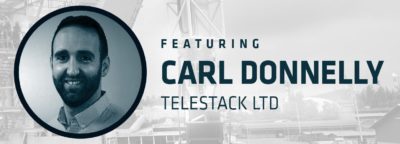
Dry Bulk Terminals often deal with more than one customer and multiple products with additional fluctuation in quantity. While the key for cost efficient, safe and environmentally friendly dry bulk handling is automation, to deal with varying customers, commodities and quantity means there is a need for flexibility as well. This session will aim to explore some of the options in between and how to provide the highest level of automation while maintaining flexibility.
Episode 2 features guest speaker Carl Donnelly of Telestack LTD.
Presentation file:
Added Flexibility with Mobile Bulk Material Handling Systems
EP3: WHY DRY BULK SHIPPING NEEDS DIGITALIZATION

Dry bulk shipping still lags behind the rest of the shipping industry in digitalization of the processes and documentation, yet it is slowly taking place. Some believe it is a fad or only act on it when required by legislation. In this conversation our guest speaker Lars Greiner of HPC will explain why digitalization is vital for the survival of dry bulk shipping companies and how can they benefit from it.
Presentation file:
EP4: HIGHLY EFFECIENT FERTILIZER STORAGE IN PORTS

In our fourth episode we analyze a commodity that nowadays deserves some attention: fertilizers and the way they can be stored in constricted areas. While it is common knowledge that fertilizer needs enclosed storage to protect it from environmental conditions, there are some special technologies available that help both minimize the footprint of fertilizer storage and maximize the automation of such a storage. Starting from such a specific solution and discussing the pros and cons of this and other solutions we will aim at creating a comprehensive landscape of options when thinking about fertilizer storage.
Join us as our host Lukas Paul (Head of Ports & Terminals at BEUMER Group) and featured guest Richard Spaargaren from ESI EUROSILO lead the discussion.
Presentation file:
ep5: sharing best practices in the dry bulk handling industry
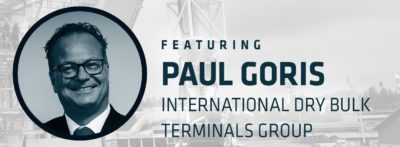
Exchanging best practices is critical within the dry bulk handling industry. From safety, environmental concerns, the infrastructure or equipment selection – to constantly keep improving the standard and to remain competitive, it is important to exchange information amongst peer companies.
Our featured guest for Episode 5 is Paul Goris from the International Dry Bulk Terminals Group who in this episode discusses how dry bulk handling professionals can find best common grounds towards operational excellence.
Presentation file:
ep6: Challenging "First Come, First Served" with New Technology
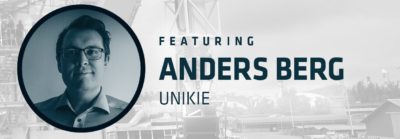
Our sixth episode is focused on the topic of challenging the “first come, first served” principle. In shipping this means that the vessel that arrives at the port first is given priority for loading or discharging, and subsequent vessels are served in the order of their arrival.
Now the first operational Just-in-Time arrival implementations of processes and ICT solutions have started to pop-up in ports in Northern European countries. These implementations clearly challenge “First Come, First Served” by utilizing technology that enables stakeholders to share information about vessels, port calls and operations and establishing the “trust” that is needed for such exchange to work sustainably.
Lukas Paul and Anders Berg from Unikie lead the discussion for this episode. Click the link below to learn more.
Presentation file:
EP7: ADVANCED COLLISION PREVENTION SYSTEMS FOR SHIP LOADERS

A collision avoidance system is a must-have on larger equipment moving in ports – such as ship loaders or other stockyard equipment, for example. But what is a collision avoidance system really, what problems can it solve and where are the differences between the systems available? Based on real cases provided by FAM, different options will be explored, ranging from “simple” to more “advanced” solutions.
Presentation file:
EP8: using kpis to optimize bulk terminal performance
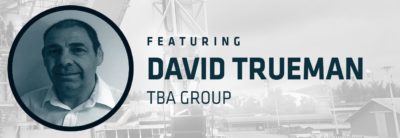
Overall Equipment Effectiveness and Root Cause Analysis are continuous improvement strategies, well proven in broader industrial terms, which can be applied to bulk terminals to improve efficiency, reduce costs and deliver better customer experience. In this session David Trueman from TBA will outline the principles, discuss the need for accurate data and provide recommendations for quick wins.
Presentation file:
EP9: achieving net zero fugitive dust emissions in port environments

Dust in dry bulk ports is a topic that deserves close attention and every effort to improve safety and minimize environmental impact. We understand the importance of addressing this issue, and that’s why we are excited to announce our upcoming PortZone episode featuring Richard Posner from Dust Solutions, Inc.
In this session, Richard will shed light on the different types of fugitive dusts commonly found in dry bulk ports. He will delve into their impact and explore the sources from which they originate. Understanding the root causes of dust generation is crucial in developing effective mitigation strategies.
Presentation file:
EP10: shore power for dry bulk terminals: Challenges and solutions

The dry bulk ports community faces a set of unique challenges when attempting to create a strategy to implement shore power systems in their terminals. The goal of meeting internal and external green policy and aligning with global decarbonization initiatives is pushing the need for solutions to these challenges. This presentation will introduce the basics of shore power, provide examples of successful systems and best practices for other vessel types, and outline the specific challenges associated with a dry bulk operation. We will outline the basic steps and questions that need to be asked to ensure a successful project.
Presentation file:
EP11: Terminal Optimization Starting with the Grab

Many dry bulk terminals face the challenge of lowering their handling costs. They work to shorten the turnaround time of a vessel to avoid demurrage and also to increase their handling capacity. However, the terminals often have an already existing and hard to change infrastructure (conveyors), where the possibility for change is limited. Starting optimization with the grab, there might be opportunities though. A more productive grab can help – however it needs to be aligned with the (existing) hopper and the conveying system (increase the belt speed). The approach to start optimizing with the grab will be presented, together with case studies. It will be shown how the right grab can help with reducing turnaround time as well as reducing energy and labor costs.
Presentation file:
EP12: Selection Strategies for Dry Bulk Handling Equipment at Seaside

In this installment, we embark on a comprehensive exploration of selection strategies for seaside facilities and handling equipment within dry bulk handling terminals and ports. Here, we unravel the intricate dynamics of fleet distribution and its influence on berth occupancy. We dissect the nuanced relationship between product properties and vessel service time – guiding you towards optimal ship loading / unloading and transport equipment choices, taking into account both type and capacity. Moreover, we navigate the multifaceted terrain of seaside facility design, considering environmental prerequisites, accommodating diverse cargo types, charting future expansion, and optimizing channel usage.
Presentation file:
Selection Strategies for Dry Bulk Handling Equipment at Seaside
EP13: How Smart Monitoring Can Reduce Ship Emissions In-Terminal
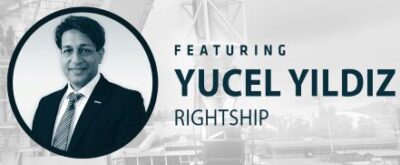
Ports and terminals are under pressure to decarbonise their operations while maintaining efficiency and competitiveness. For Scopes 1 and 2 emissions, this is relatively straightforward: these emissions stem directly from the port’s or terminal’s own activities, and can be managed. Scope 3 emissions from calling vessels, however, are both far more significant and far more difficult to control. With the right tools – like RightShip’s Maritime Emissions Portal (MEP) – terminals can transform emissions and air quality monitoring in the terminal and surrounding area. The tool harnesses the world’s largest and most comprehensive maritime vessel database to give ports and terminals unparalleled insights into vessel-based emissions, allowing them to discover which vessel types, operations, terminals, or jetties they should focus on to start their decarbonisation journeys.
Presentation File:
How smart monitoring can help reduce ship emissions in-terminal
EP14: Handling scrap: health, safety & environmental concerns

When starting up a new low emission terminal for handling bulk material for recycling, in particular including scrap metal – what are the main concerns for the environment and for health and safety and how are they best managed?
Maja Stuwadoors is a floating stevedore and started up a terminal within the Port of Amsterdam. Due to the environmental permit, it is designed to be an almost emission free terminal (CO2, NOx). In this episode we will focus on the tools they utilized to analyze the risks involved in handling scrap and what measures were developed to deal with them, relating to:
- Health (dust, particle matter)
- Safety (working height)
- Environment (discharge of contaminated water, fire risk, electrification)
Presentation file:
Introduction to the design of a safe and healthy, low emission terminal
EP15: Smart Mooring: Predicting Forces & Ship Motions - A Case Study
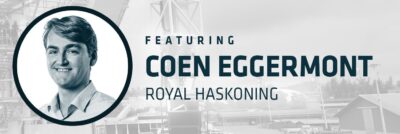
In this PortZone episode, we explore the critical role of Smart Mooring in maintaining operational efficiency and safety at dry bulk terminals. Environmental factors like wind, waves, and current, along with passing vessels, can cause excessive vessel motions, leading to operational downtime, snapped lines, or failed bollards. Dynamic Mooring Analysis (DMA) is often used to determine the influence of these conditions and model the moored vessel response. Smart Mooring takes it a step further by integrating DMA with metocean predictions, providing operators with actionable insights and warnings of potential hazards. We’ll delve into a case study of an exposed bulk terminal in Ras Al Khaimah, demonstrating how Smart Mooring aids daily operations, mitigating risks while ensuring efficiency.
*no video recording is available at this time*
contact us
Have a question or suggestion for a future episode? Please fill out the form below and someone will reach out to you soon.
